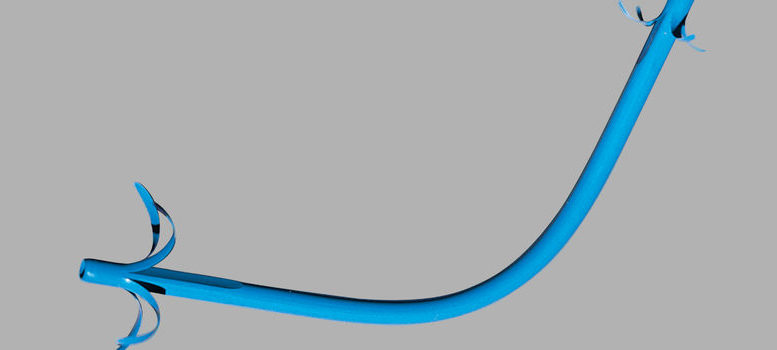There are myriad of treatments and methods out there that work wonders for patients. It does not mean that a specific treatment is going to be perfect for all the patients, it is about different treatments are there that are ideal for different patients keeping in mind their specific condition. You know that over the past few decades, biliary interventions have altered a great deal.
The beginning of biliary system was reported in the year 1921 and it was with direct puncture of gallbladder. This method was revolutionized in the years of 1960s with the beginning of fine-gauge (twenty to twenty three -gauges) needles. If you speak of today, the method of Endoscopic biliary stenting is much popular and widely used you know during the period of 1970s, percutaneous biliary drainage (PBD) for troublesome jaundice and percutaneous treatment of stone disease was emerged. Percutaneous cholecystectomy was initially described in the years of 1980s.
Obstructive jaundice
This obstructive jaundice is a common condition that could turn out to be in malignant or benign deceases. Before endoscopic biliary that got introduced in the early 1980s, surgery was the main or only treatment for cases of biliary obstruction. Surgical options for obstructive jaundice included Whipple process with choledochojejunostomy, cholecystojejunostomy, hepaticojejunostomy or other procedures as per the predispose state. Biliary stents are the tubes that have been formed with plastic or metal to relieve obstacle in biliary tree or to perform the treatment of biliary leaks.
Of you want to know about the causes of malignant obstructive jaundice, these are like pancreatic cancer, cholangiocarcinoma, even metastatic disease. Talking about causes of benign obstructive jaundice these can be like acute and chronic pancreatitis, choledo cholithiasis, primary sclerosing cholangitis, AIDS cholangiopathy, strictures after invasive processes, and even specific types of parasitic infections. You know that pancreatic cancer is the eleventh common cancer and registers for around three percent of all types of cancers. Cholangio carcinoma is not common, but it still registers for a reasonable number of cases every year.
People there having jaundice, prorates, abdominal pain, dark urine, clay-coloured stools, or even that of having the signs of infection as in cholangitis and Other conditions could be discovered on regular blood work as hyperbilirubinemia. Blood work will display elevated bilirubin level and elevated alkaline phosphatise. A CT scan or MRI of abdomen zone would likely to display the cause and site of obstacle in biliary tree. Magnetic resonance cholangio pancreatography (MRCP) is a non-invasive method to measure the extra hepatic and also intrahepatic bile ducts and also pancreatic channel.
Biliary Drainage
Further it is also important to know that biliary drainage can get either percutaneous Tran’s hepatic biliary drainage (PTBD) or that of endoscopic biliary drainage (EBD). EBD is of commonly of two kinds: external drainage, which is endoscopic nasobiliary drainage (ENBD) and also internal drainage that is stent placement. Endoscopic drainage is always superior to percutaneous drainage as there is lesser difficulty rate.
Conclusion
Thus, there are best tools like Plastic biliary stent and amazing procedures to address the ailments of patients. If you face any issues, you must talk to a doctor and you will get cured!

Be the first to comment on "Biliary and Stents: What are all these about?"